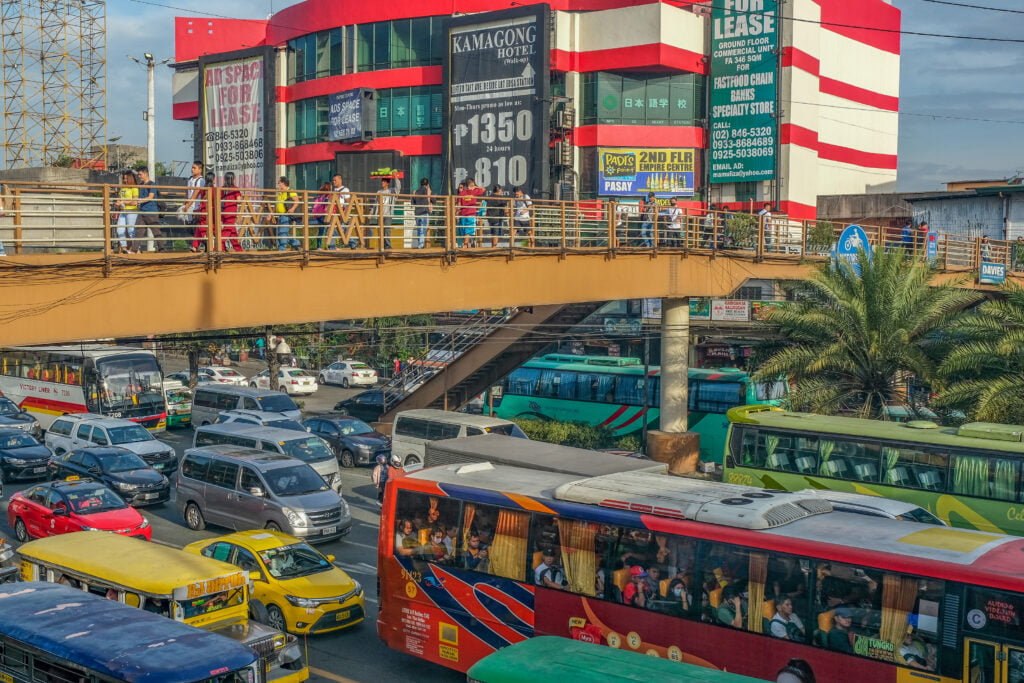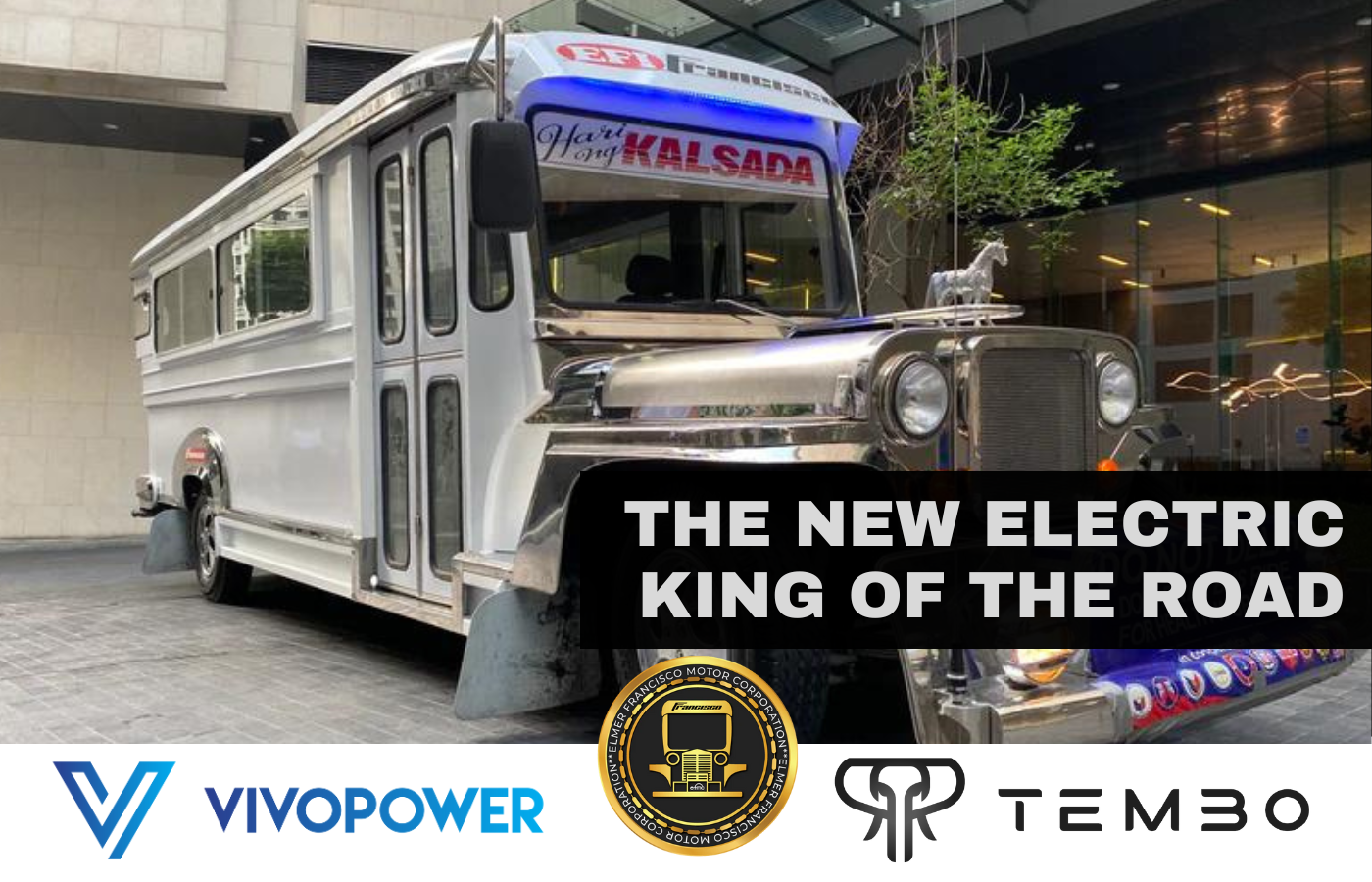Raise Brand Reach with Transit Advertising Philippines
Raise Brand Reach with Transit Advertising Philippines
Blog Article
Just How Transportation Advertising And Marketing Can Change Mass Transit Spaces Into Dynamic Advertising And Marketing Operatings Systems
Transportation advertising holds significant possibility to redefine public transport rooms into dynamic marketing systems that inform and involve. As we discover the diverse benefits and progressing methods of transportation marketing, it raises the question of just how this makeover could redefine our communications with both brands and the urban atmosphere.
Benefits of Transit Advertising

Furthermore, transit advertising is very affordable compared to traditional media. It permits marketers to attain high impressions at reduced costs, maximizing return on investment. The captive target market of commuters offers a possibility for brands to communicate their messages to people that are commonly responsive throughout their travel times.
In addition, the dynamic nature of transportation marketing allows campaigns to be upgraded frequently, making sure that messaging continues to be timely and relevant. This adaptability can be important in replying to market patterns or promotional occasions, keeping the brand name top-of-mind for consumers. Last but not least, the pervasive presence of transit marketing adds to brand recall; repeated direct exposure within acquainted travel contexts reinforces brand awareness and promotes customer loyalty, ultimately improving and driving sales brand name online reputation.
Kinds of Transit Advertising And Marketing
Public transport systems provide various styles for marketing, each providing to various marketing strategies and audience involvement approaches. One noticeable kind is external bus and train covers, which cover the whole car and create a mobile signboard impact, allowing for high exposure in urban settings. These wraps can record interest as they traverse active roads, reaching a diverse audience.
One more preferred style is interior advertising and marketing, that includes posters, digital displays, and advertisements on transit seats. These placements engage passengers during their trip, reinforcing brand messaging in a restricted area. Digital displays, in certain, supply the advantage of dynamic web content, enabling advertisers to upgrade messages in real-time.
Station advertising and marketing is likewise considerable, featuring posters, banners, and interactive stands within transportation terminals. These ads take advantage of foot web traffic and can target certain demographics based upon area.
Last but not least, marketing partnerships with transportation authorities can cause distinct campaigns, such as themed transportation experiences or occasions, improving the overall interaction with commuters. Each kind of transit advertising provides distinct advantages, enabling brands to customize their technique to properly reach their target market within the public transport ecosystem.
Involving Commuters Effectively
Commuters are increasingly flooded with advertising messages during their daily travels, making it vital for brand names to involve them in ingenious means. To capture attention in this congested space, marketers need to focus on creativity and relevance. Utilizing distinctive visuals and concise messaging can considerably boost the probability of involvement.
Interactive aspects, such as QR codes or augmented reality functions, can likewise transform static advertisements right into immersive experiences, fostering a much deeper link with the target market. Brand names need to concentrate on attending to commuters' passions and needs, customizing messages to resonate with their way of life, whether with promotions for neighborhood organizations or services made to improve their travelling experience.
Additionally, timing plays a vital duty; tactically placing ads throughout height commuting hours can make the most of exposure and influence. Involving commuters successfully likewise includes leveraging social media integration, enabling travelers to share their experiences or promotions straight from transportation platforms, thus enhancing brand reach.
Basically, effective involvement pivots on comprehending the commuter trip and developing engaging, interactive, and appropriate advertising experiences that not just record attention yet also drive activity and commitment. By doing so, brands can change public transport into a vibrant marketing platform that resonates with its target why not try these out market.

Measuring Advertising Influence
Just how can brand names accurately evaluate the effectiveness of their ad campaign in transit settings? Determining the effect of transit advertising calls for a multifaceted strategy that integrates qualitative and quantitative metrics. One widespread technique is tracking engagement via mobile analytics, where brands can examine foot traffic patterns and application communications previously, during, and after projects.
Studies can give important insights into brand recall and customer belief, allowing brands to gauge just how well their messages resonate with commuters. Additionally, keeping an eye on social media involvement relevant to details projects can disclose changes in public understanding and brand discussion.

Moreover, working together with transit agencies can enhance dimension precision, as they usually have in-depth group information on ridership trends. By incorporating these approaches, brand names can develop a comprehensive understanding of their advertising performance, making certain that their campaigns not just get to yet also impact their target audiences successfully.
Future Trends in Transit Marketing
A substantial shift is anticipated in transportation advertising and marketing as technical improvements and changing customer actions reshape the landscape. Transit Advertising Philippines. The integration of interactive media and electronic display screens is anticipated to enhance involvement, allowing brand names to supply dynamic material that reverberates with varied audiences. As public transport systems embrace wise modern technology, marketers will utilize real-time data analytics to tailor messages based on passenger demographics and behaviors
Furthermore, boosted truth (AR) is positioned to reinvent the way travelers communicate with ads. By providing immersive experiences, AR can change an ordinary trip into an interesting narrative that records focus and cultivates brand loyalty. This technology will likely motivate advertisers to produce more experiential projects that drive consumer interaction.
Sustainability is an additional essential fad influencing transportation marketing. internet As ecological awareness expands, brand names will progressively look for to align with environment-friendly techniques, using sustainable materials and advertising environment-friendly initiatives within their campaigns.
Verdict
In conclusion, transportation marketing uses substantial advantages by enhancing brand presence and involving a restricted target market. As fads advance, the possibility for innovative communications between brands and travelers is positioned to expand, making certain that transit advertising and marketing stays a crucial part of modern-day advertising and marketing strategies.
Transit advertising holds significant potential to redefine public transport areas into dynamic advertising systems that inform and engage. The pervasive presence of transit advertising and marketing adds to brand name recall; duplicated exposure within familiar traveling contexts reinforces brand awareness and Homepage cultivates consumer commitment, eventually improving and driving sales brand name online reputation.
Exactly how can brand names properly analyze the performance of their advertising campaigns in transportation environments?In final thought, transportation marketing supplies considerable benefits by improving brand name exposure and engaging a restricted audience. Transit Advertising Philippines. As trends progress, the potential for innovative interactions in between brand names and travelers is poised to expand, guaranteeing that transit advertising and marketing continues to be an important part of contemporary marketing methods
Report this page